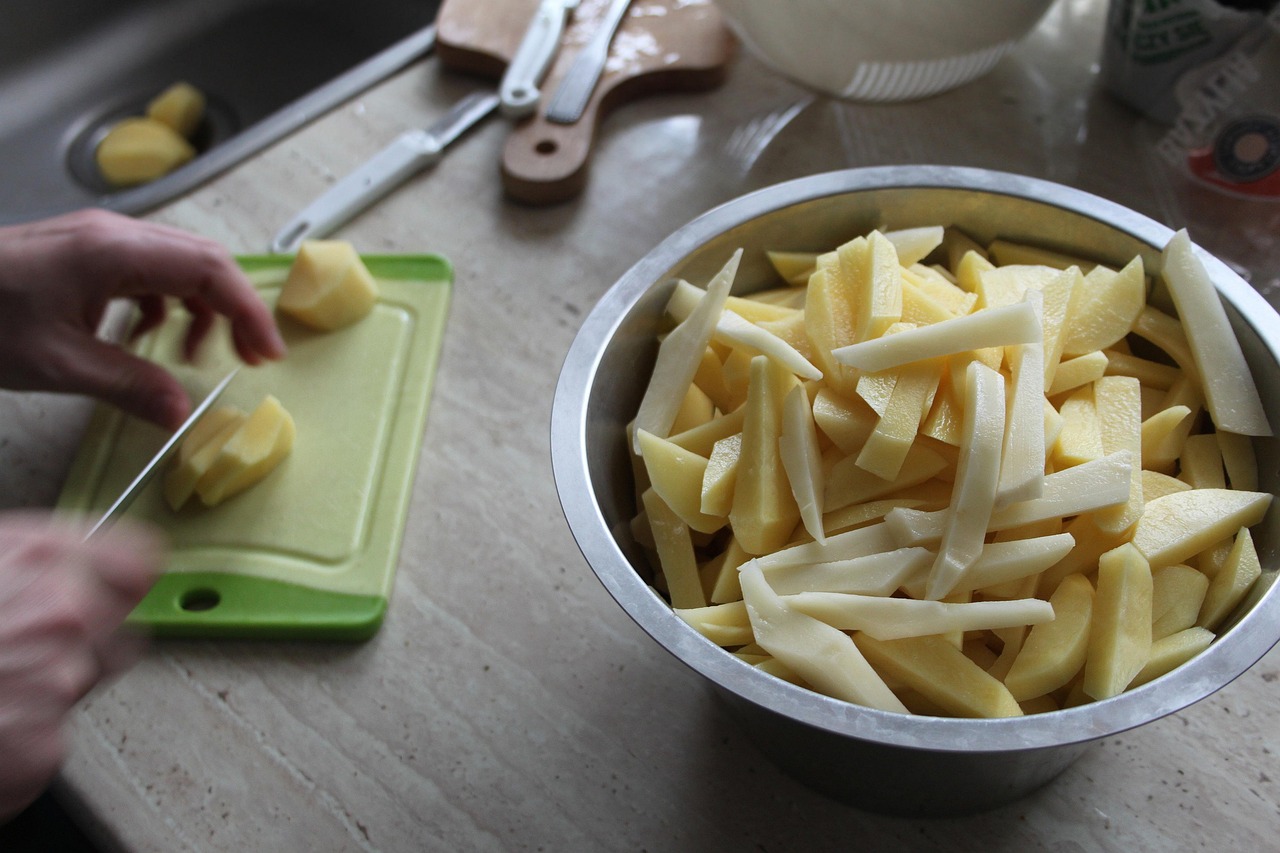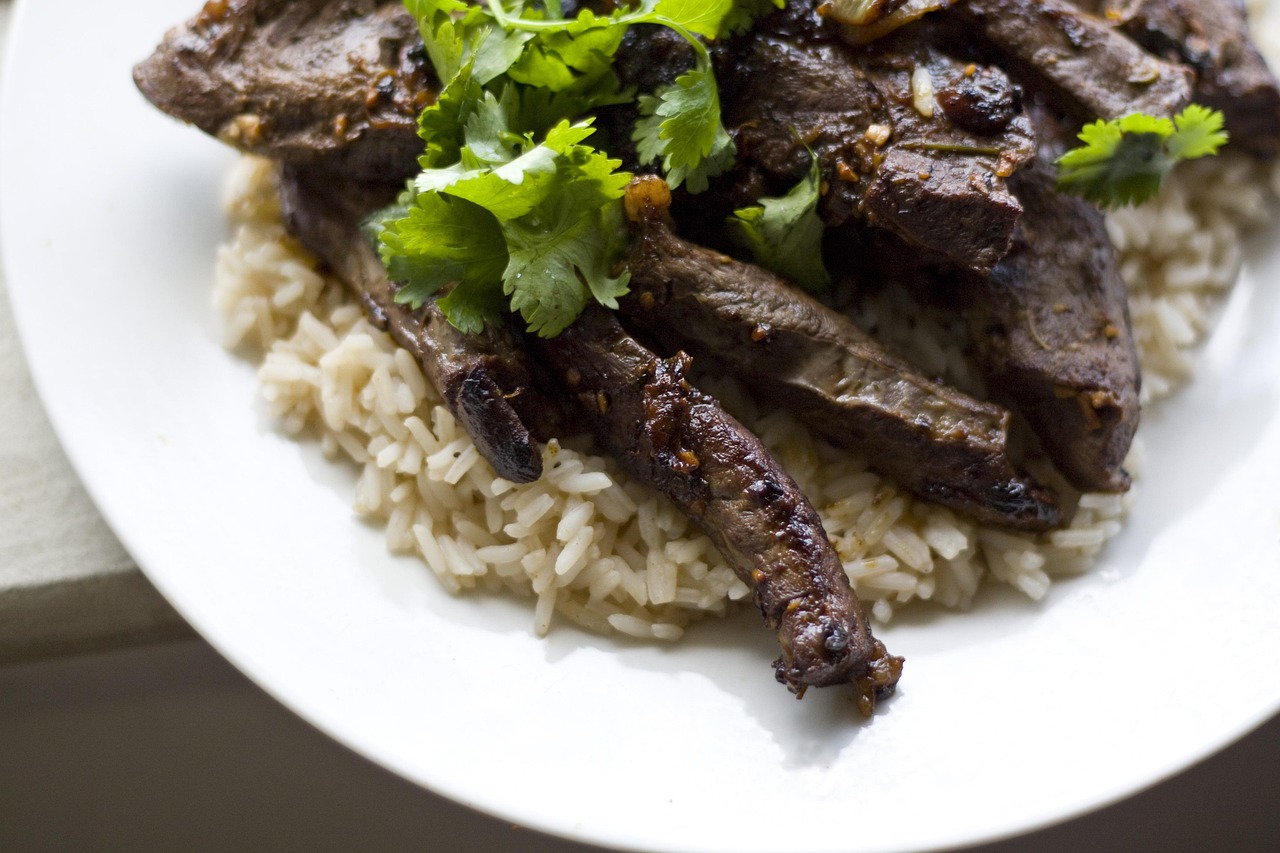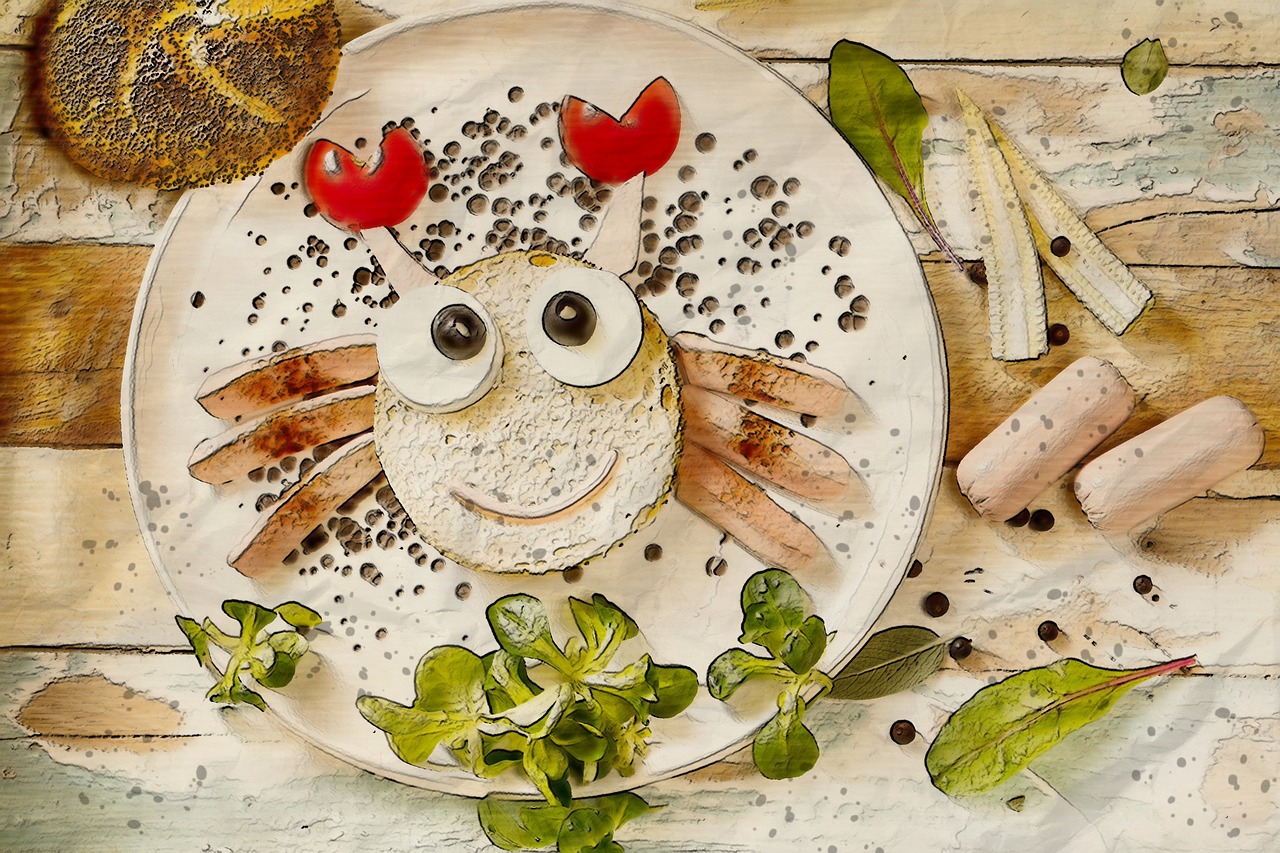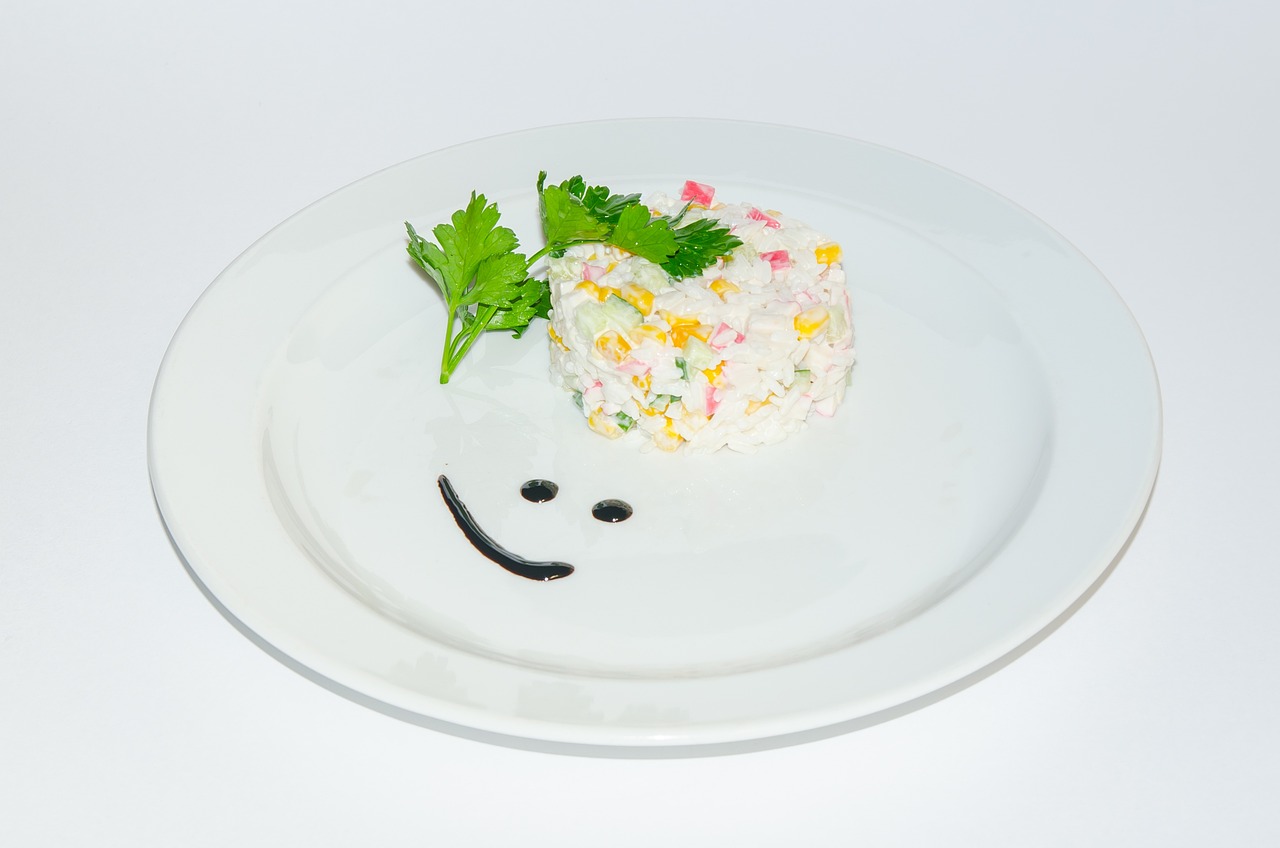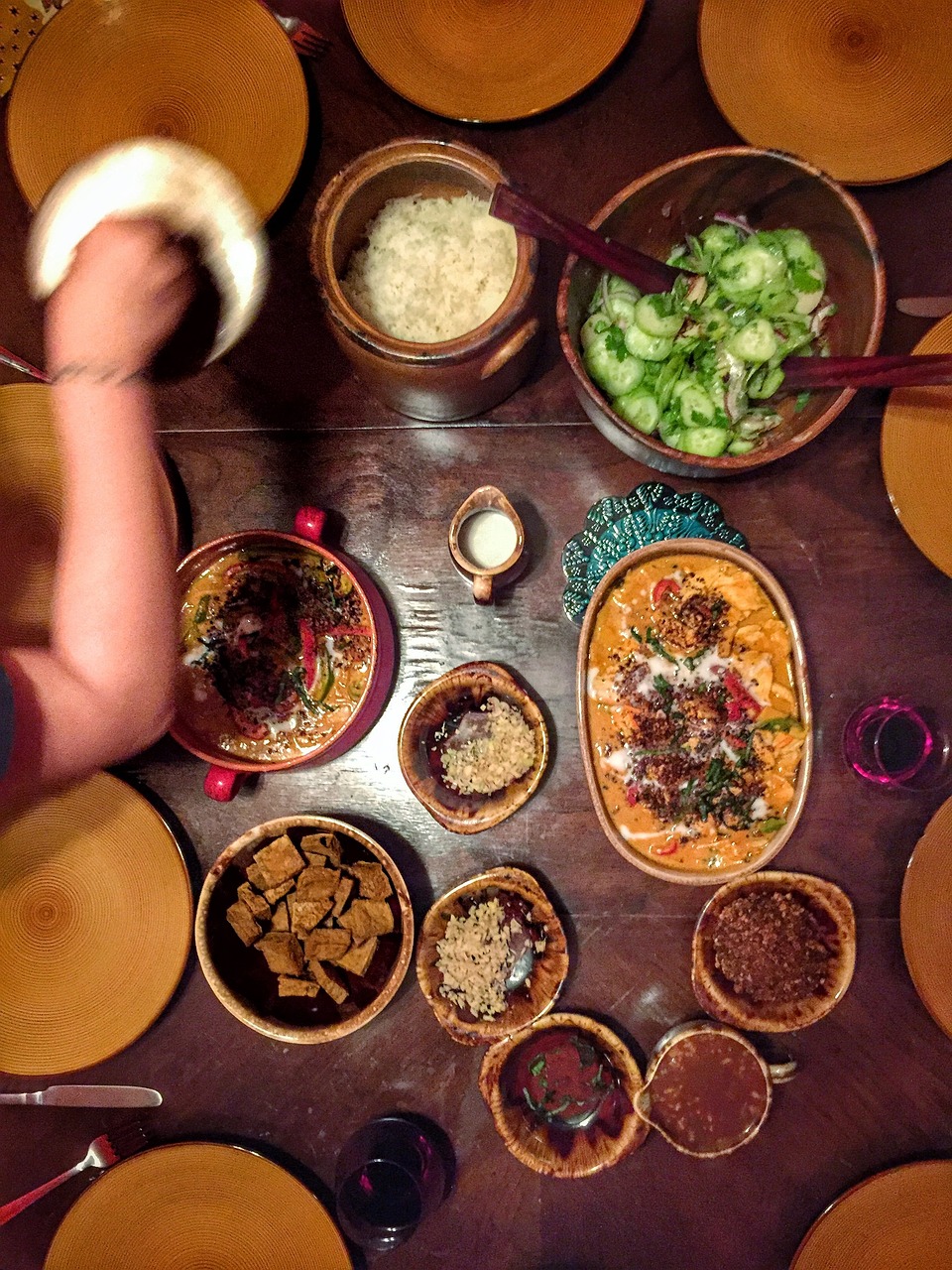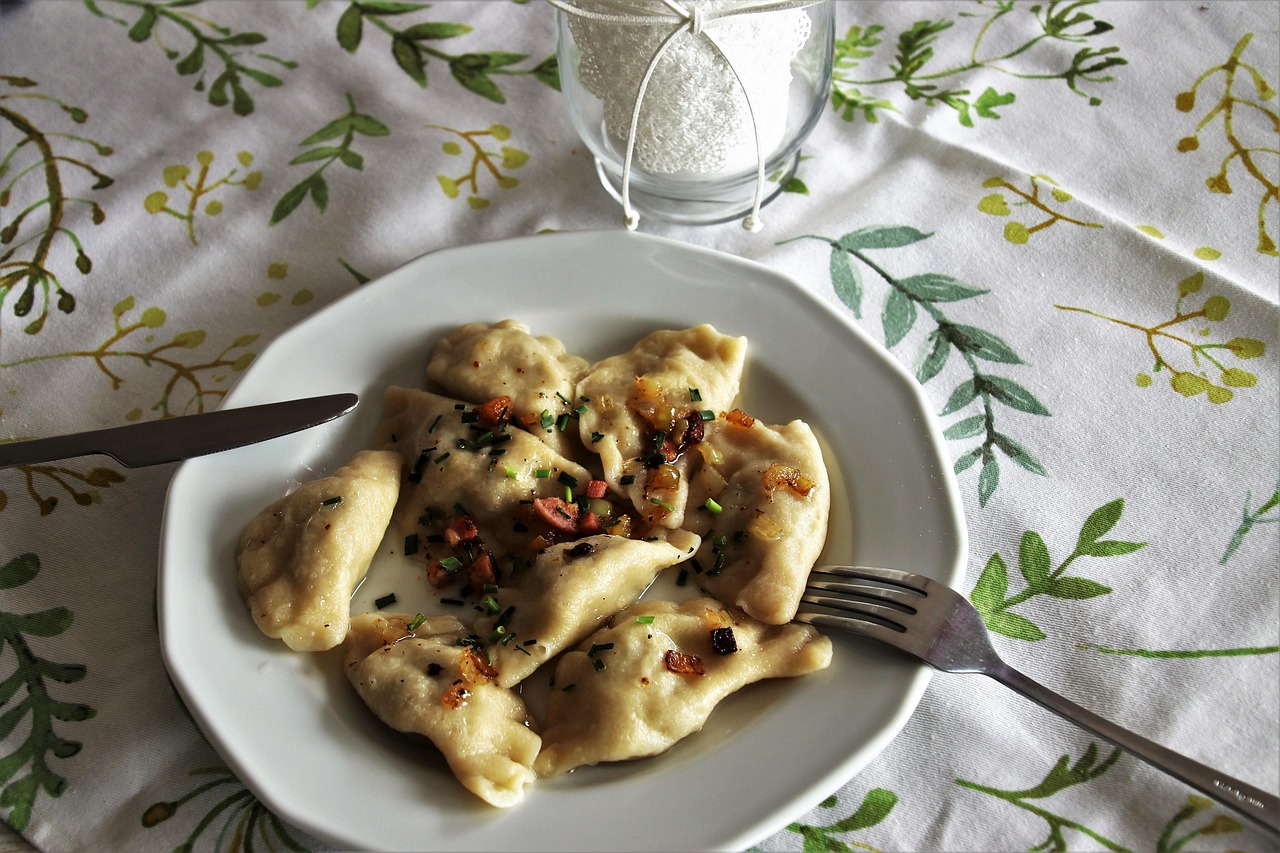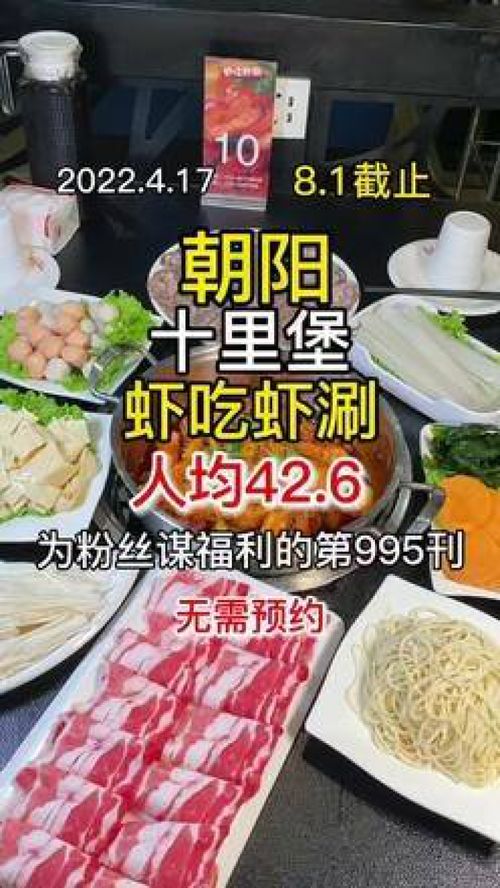Chinese cuisine is not just a way of cooking; it's an art form that has been perfected over thousands of years, reflecting the rich history and diverse regional flavors of China. As one of the world's oldest and most influential culinary traditions, Chinese food is a symphony of tastes, textures, and colors that continue to captivate the palates of people around the globe.
Imagine a vibrant tapestry, each thread representing a different ingredient or cooking technique, and the entire piece a testament to the creativity and skill of Chinese chefs. This tapestry is woven with the five fundamental flavors: sour, sweet, bitter, spicy, and salty. Each region of China adds its own unique stitches to this tapestry, creating a culinary landscape as diverse as the country's geography.
For instance, consider Sichuan cuisine, known for its bold and pungent flavors, with a heavy emphasis on garlic, chili peppers, and the numbing Sichuan peppercorn. It's like a fiery dance on the tongue, a symphony of spices that can be both challenging and exhilarating. In contrast, the cuisine of Guangdong, or Cantonese food, is lighter and more focused on the freshness and natural flavors of the ingredients. It's like a gentle breeze, bringing the essence of the sea and the land to your table.

One cannot discuss Chinese cuisine without mentioning the art of dim sum, a tradition that originated in the Guangdong region. Dim sum is a social affair, where families and friends gather to enjoy a variety of small, bite-sized dishes, from delicate dumplings to succulent barbecued meats. It's like a culinary journey through a myriad of flavors, each bite a new discovery.
Chinese cooking techniques are as diverse as the flavors they produce. Stir-frying, for example, is a quick and high-heat method that preserves the nutrients and natural flavors of the ingredients. It's like a swift painter's stroke, capturing the essence of the food in a flash of heat and motion. Braising, on the other hand, is a slow and gentle process that tenderizes meat and infuses it with complex flavors. It's like a slow, patient caress, coaxing the deepest flavors out of the ingredients over time.
The use of ingredients in Chinese cuisine is also a reflection of the country's agricultural abundance. From the succulent Peking duck, prized for its crispy skin and tender meat, to the delicate lotus root, used in both sweet and savory dishes, Chinese cuisine celebrates the bounty of the land and sea. It's like a farmer's market brought to life, with each ingredient telling a story of the earth and its seasons.
Chinese food is also deeply intertwined with the country's cultural and social traditions. The Mid-Autumn Festival, for example, is celebrated with mooncakes, a round pastry filled with sweet or savory fillings, symbolizing unity and togetherness. It's like a culinary emblem of the festival, a sweet reminder of the moon's fullness and the family's bond.
In conclusion, Chinese cuisine is a living, breathing testament to the country's rich history and cultural diversity. It's a culinary journey that invites you to explore, to taste, and to experience the flavors of China. Whether you're enjoying a home-cooked meal in a small village or dining in a bustling city, Chinese food is an experience that engages all your senses and leaves a lasting impression. It's a tapestry that continues to be woven, with each new dish adding to its rich and colorful history.

